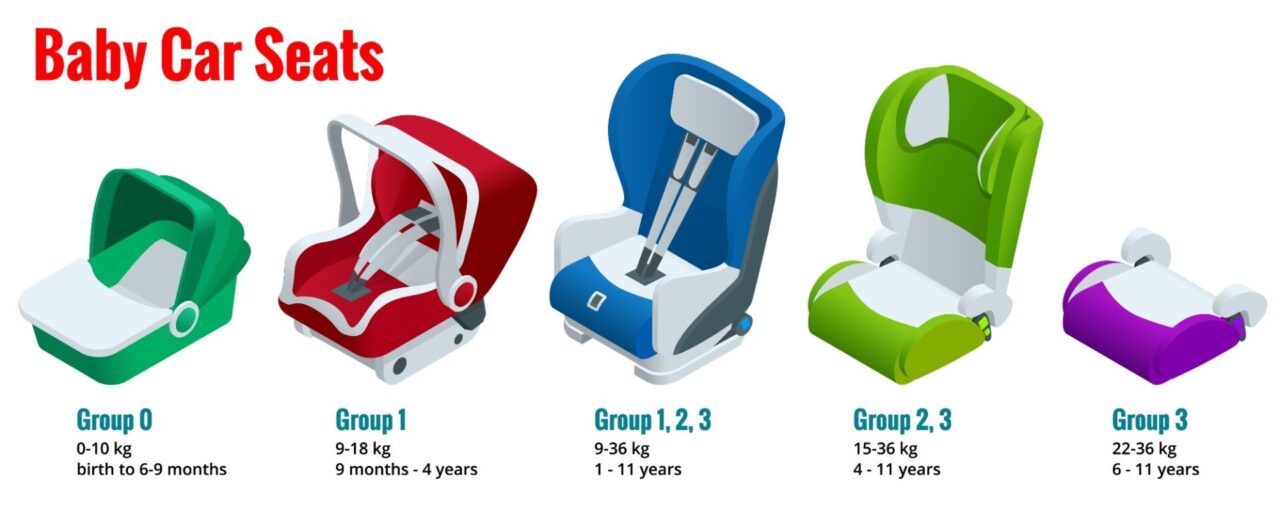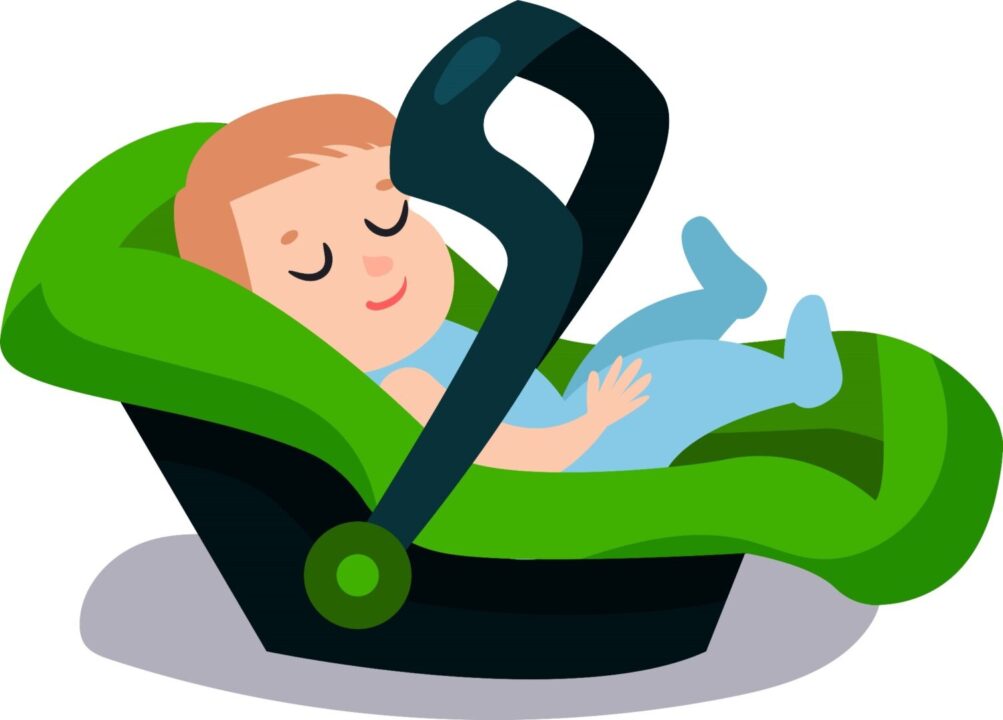Did you know that it is mandatory to have a child seat in your car starting 1 January 2020? This move by the government is meant to keep children safe while travelling in cars with their parents or guardians. At the time of writing, according to the New Straits Times, the use of child car seats remains low at only 26 percent.
Reasons for this low number, according to Deputy Transport Minister Datuk Kamarudin Jaffar, include parents not taking this problem seriously or financial difficulty. He also added that according to the Malaysian Institute of Road Safety Research (Miros) 58 percent of children and infants died because of road accidents. Additionally, to drive the message home, it was found that a small child under seven kilograms who is hurled forward during an accident can suffer an impact that is almost the same as an adult falling from five stories up.

This begs the question, how much does your child’s life cost? Sure, a child car seat can cost a lot of money but is it equal to the price of a piece of safety equipment which could potentially save his or her young life?
According to the World Health Organization, child restraints reduce the likelihood of a fatal accident by around 70 percent among infants and between 54-80 percent among young children. The words ‘Child Restraint Systems’ may sound harsh but this just refers to a child car seat.
“It’s just a 10 minute drive,” is not a good reason not to secure your child properly into a car seat. According to paultan.org, an online resource for anything car and motoring-related in Malaysia, children weighing under 25 kilograms must be secured in a car seat and kids under 36 kilograms need to be secured with seat belts along with a booster seat or cushion.
Car seat weight groups
It is important to upgrade your child’s car seat once he or she outgrows it. This can be weight-wise (Group 0+, 1, 2, 3) or height-wise (i-Size). Here’s a handy dandy guide to help you match your child’s weight to the proper car seat.

Sidebar:
- Group 0: 0-10kg
- Group 0+: 0-13kg
- Group 0+/1: 0-18kg
- Group 1: 9kg-18kg
- Group 1/2/3: 9kg-36kg
- Group 2/3: 15kg-36kg
- Group 3: 22kg-36kg
- Group 0/1/2/3: 0kg-36kg

According to Which UK, it is safest for babies to travel rearward-facing for as long as possible and some car seats will allow this for children up to around four years old. The reason behind selecting a car seat according to your child’s weight instead of his or her age is that not all children weigh the same at a certain age.

When your child reaches 36 kilograms and above, it is time to upgrade them to a high-backed booster seat which helps to raise the child up to a height suitable for use with the seatbelt. A high-backed booster seat is a better choice compared to a booster cushion because it has a full-length back with sides that provide protection for the head and chest in the event of a side-impact accident.
Always the back, not the front
Children should always be seated in the back in their respective child seat and not the front. This is in order to protect the child from the front airbags in case there is an accident. For some who have held their child while driving, note that your arms won’t be able to secure your child during a crash. Furthermore, your child could have been subjected to the full impact of a deploying airbag which could result in horrific injuries such as a fractured skull or broken neck.
To find out more about car seats and keeping your child safe, check out cpsmalaysia.org an organisation that wants to keep Malaysian children safe. They also offer car seat rental services for those in the Klang Valley, safety seat checks by professionals, talks and more.
Reference: Child Passenger Safety Malaysia; Malay Mail; New Straits Times; paultan.org; Which UK.










